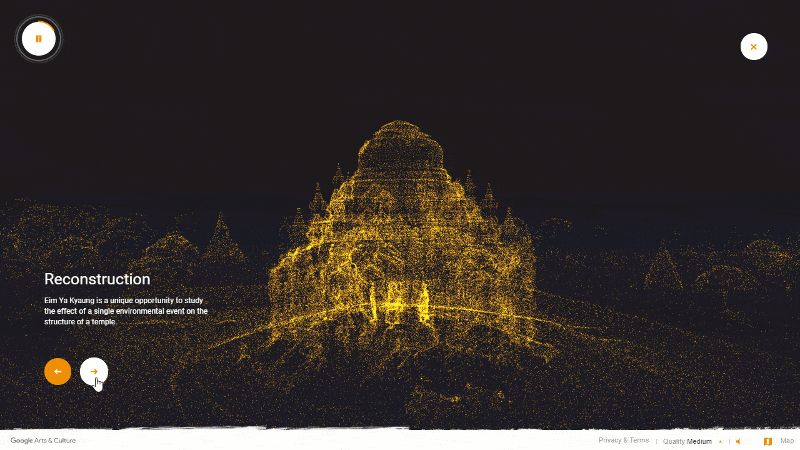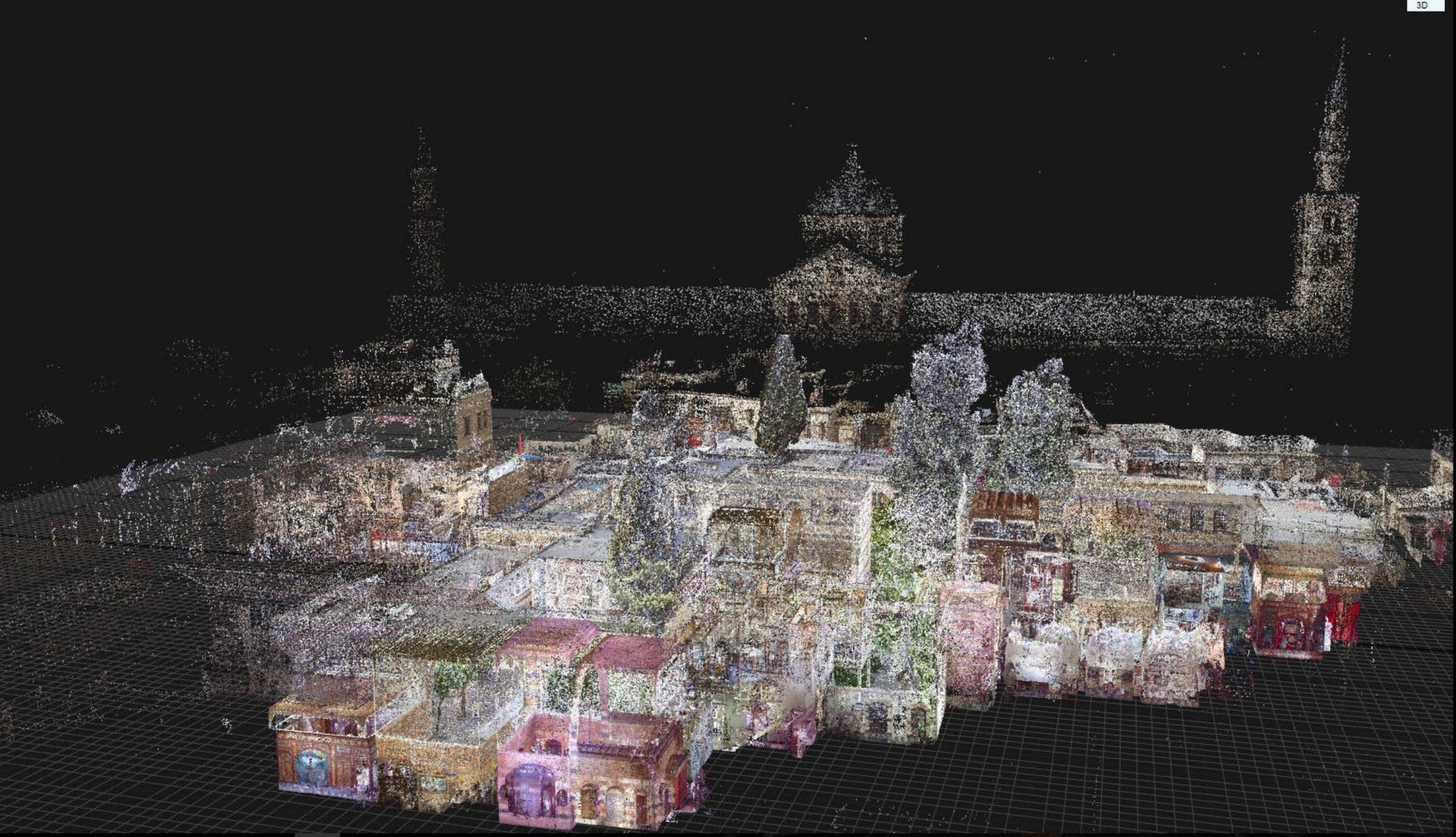Google is partnering with CyArk, a California-based non-profit established to preserve historical sites that are at risk due to conflict or natural disasters. The Open Heritage project will use CyArk’s 3D laser scanning expertise to produce 3D models of historical sites, allowing them to be explored on the Google Arts & Culture platform.
Google Arts & Culture is attempting to make art from around the world more accessible, through its website and iOS and Android apps.
CyArk was founded in 2003 by Ben Kacyra after he witnessed the Taliban’s televised destruction of 1,500-year-old Buddhist statues in Bamiyan, Afghanistan.

Preserving culture for future generations
Chance Coughenour, Program Manager at Google Arts & Culture said “with modern technology, we can capture these monuments in fuller detail than ever before, including the color and texture of surfaces alongside the geometry captured by the laser scanners with millimeter precision in 3D. Detailed scans can also be used to assist restoration efforts.”
CyArk uses LiDAR 3D laser-scanning and drone photogrammetry to produce highly detailed, color accurate 3D models of historical sites. LiDAR involves using lasers to build textured models of sites, whilst photogrammetry uses a large number of pictures to create a 3D image.
“For many of the sites, we also developed intricate 3D models that allow you to inspect from every angle, using the new Google Poly 3D viewer on Google Arts & Culture,” said Coughenour.

The world’s culture at your fingertips
“Over the past seven years, we’ve partnered with 1,500 museums from over 70 countries to bring their collections online and put more of the world’s culture at your fingertips. This project marks a new chapter for Google Arts & Culture, as it is the first time we’re putting 3D heritage sites on the platform.”
The Open Heritage project plans to release source data from models. Those interested in building apps or analyzing the data in aid of preserving the sites will be able to apply for access.
“We are excited to see what type of experiences people can build around heritage data – from immersive virtual tours to overlaying rich contextual information while you are on site – they all start with an accurate map of what is there,” said John Ristevski, CEO of CyArk.

Growing demand for 3D preservation
Following ISIS’s destruction of archaeological sites in Syria, the Dubai Future Foundation has 3D printed some of the ruined artefacts and displayed them at the “Spirit in the Stone” digital archaeology exhibition at the United Nations’ New York headquarters.
3D scanning is also being used by EDG, a New York City based architectural design studio, to restore intricate details in historical architecture.
However, the largest project in terms of open source data, 3D printing and cultural heritage is the Scan the World project. Scan the World has a collection of both 3D scanned objects and artefact data captured using photogrammetry, all of which is guaranteed 3D printable.
For the latest 3D printing news, subscribe to the 3D Printing Industry newsletter, follow us on Twitter, and like us on Facebook.
Post a vacancy or find your next career move on the 3D Printing Jobs board.
Vote in the 2018 3D Printing Industry Awards, before it closes.
Featured image shows LiDAR scan of Al Azem Palace, Syria. Image via Google.


